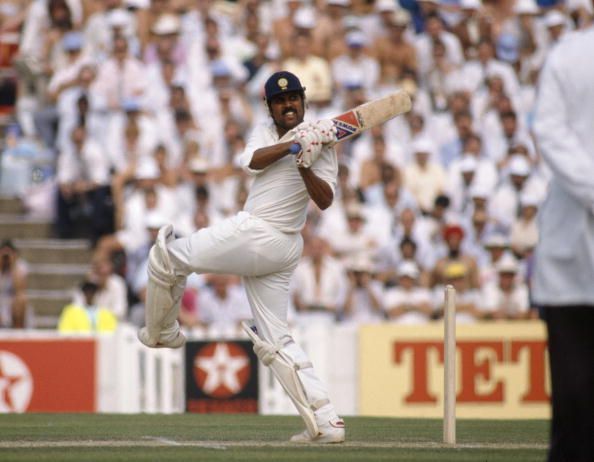
Cricket’s Commanders-in-chief: Kapil Dev
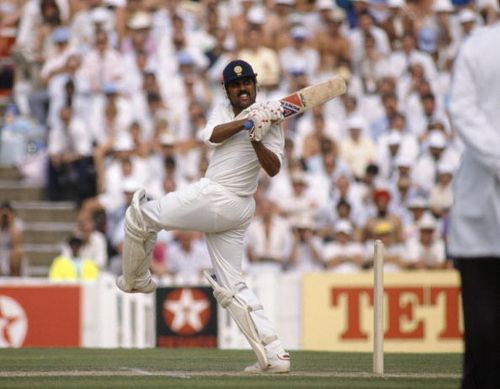
Valour is a quality that is celebrated immediately after it is exhibited. Very often, it lasts as long as the next packet of swagger hits the world head-on and wins everyone’s consciousness over.
Kapil Dev, however, is one of the few men in the sporting world on whom that principle wouldn’t apply to.
The old story of Kapil Dev’s “exposure” to the truth about cricket during his time – that an Indian could never make it as a fast bowler – is one that has been told many times; and it only adds that much more value to everything the man ever achieved, each time it is told.
Kapil Dev put an end to, among other things, any such ideologies; for the sheer naturalness of his heroics, for the simplistic approach of see-ball-hit-ball and the ability to do so consistently, without ever feeling the rush of being better than most of his peers, his career will always be revered.
After introducing himself to the cricketing world in blazing fashion, Kapil Dev never took a step backward. In fact, the man had so much ability that it was almost impossible for him to ever do so. What he couldn’t manage with the ball, he could quickly amend with some trademark cameos in the lower middle order. To Indian cricket, he was the holder of many firsts – first to 400 wickets, first to score over 150 in a one-day game and of course, the first captain to win a World Cup, to name a few.
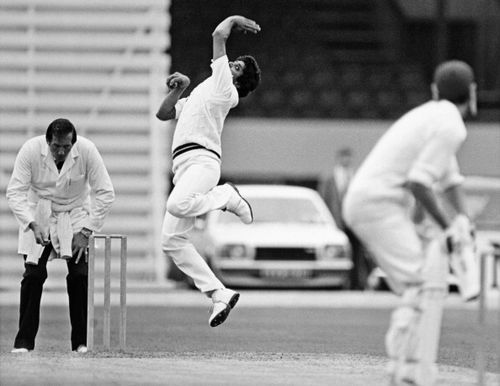
But most importantly, Kapil Dev was the first Indian fast bowler to consistently be chosen for his bowling! At a time when Indian captains were happy to throw the new ball to an Eknath Solkar or a Sunil Gavaskar – as a curtain-raiser, if not anything else – that was quite a distinction to hold.
He was the icebreaker to a new age in Indian cricket which had thus far been blessed with technically correct batsmen, crafty spinners, patient stalwarts and orthodox selectors.
He was besides that; not in terms of the ability he possessed but in the very manner in which he decided that he would play his cricket. He bowled fast, he swung it big, he shattered helmets and did things Syed Kirmani or any erstwhile Indian keeper had never seen from their vantage point – which used to be a couple of yards closer to the stumps, if you may.
Subdued and respectful were only verbal traditions of a game that was fast-changing with the advent of the World Series and a certain man named Viv Richards – and Kapil was no less.
It was only fitting then, that when he was handed captaincy under somewhat controversial circumstances (he replaced Sunil Gavaskar) he was unperturbed, regardless of whether the team’s performances reflected it or not.
The numbers don’t reflect the impact Kapil Dev had as a captain. His first series in charge was a tour to the Caribbean, which India lost comprehensively. However, Kapil made one distinctly outstanding performance, where he promoted himself to number four and smashed 72 runs off just 38 deliveries in the same era where Sunil Gavaskar had scored 36* after batting through 60 overs in a limited overs game without taking too much criticism. It was a whirlwind innings and one that shifted the momentum in India’s favour, and eventually won them the game. More importantly, it showed the world that West Indies could be beaten – and it would come in handy to Kapil Dev’s men a year later.
And those were the kind of innings that India started to expect and depend on from their captain. Before the Caribbean assault, he had successfully destroyed bowling attacks in Pakistan, Sri Lanka as well as Australia.
Of course, his bowling performances weren’t too far behind either. By the time the marquee ’83 World Cup began, the Indian team had a new look to it. Kapil Dev’s emergence as a quality fast-bowling all-rounder had rubbed off on the nation, it seemed. It was an Indian team that now played three other seamers in Sandhu, Binny and Madan Lal and a lone spinner in Ravi Shastri, the talking point being that Sandhu was the only specialist bowler among them.
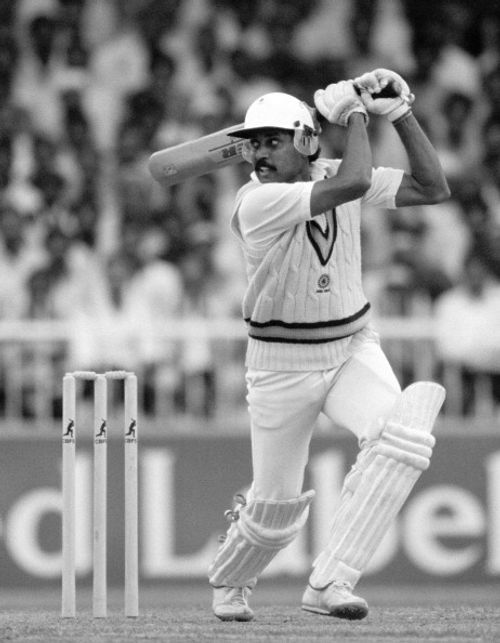
It was a team that had intent, and two fast bowlers who could bowl bouncers. It was effective. Kapil Dev made it effective. When it wasn’t, he plugged the holes with his own bits of inspiration; and nothing said inspiration better than the 175* he scored against Zimbabwe to keep his side in the tournament. It was a knock that ensured India’s finest month in world cricket wouldn’t be blown away like their top order had on the day.
Subsequently, India’s experience of trouncing West Indies a year ago would be put to use in their first ever World Cup final – a remarkable achievement for a team that had only won one World Cup match before the had begun.
India’s total of 183 seemed meek to everyone who knew anything about cricket at the time. But such was the spirit that Kapil Dev had built amongst his troops, that no one believed for a minute that they couldn’t beat the West Indians yet again.
However, rhetorical whims don’t usually last long. Vivian Richards was briskly chopping off bits of any hope that Sandhu’s early removal of Greenidge had given India.
Nevertheless, the chief stepped in yet again. He’d had a poor outing with the bat and hadn’t been lucky with the ball. So he decided to run many a yard backward and complete a catch only he could have completed on that day. He caught Richards out and made a memorable day out of a drab one for Madan Lal; and for Mohinder Amarnath who picked 3-12 off 7 overs; and for Roger Binny, who’s persistence handed him the mighty wicket of Clive Lloyd in a World Cup final. And for a million others in India who were stuck halfway between working a colour TV and wondering if Kashmir was still part of their topography.
Kapil Dev had led a revolution for himself when he hit a Pakistani batsman in the helmet in his very first series; he had led a revolution for fast bowling all-rounders all over India. His appetite for the game had led people to believe that the mighty Caribs could be beaten; by the end of 1983, he had brought his entire nation together.
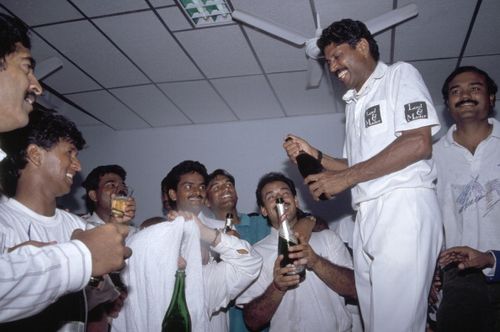
What followed for him as a captain was not ideal. The team’s performances dropped. The West Indians destroyed them in the series after the World Cup. He was stripped off his captaincy only to be handed it back.
Again, he led India into a World Cup. His stubbornness over adding a boundary that wasn’t given to the Australian score meant that India lost by a run in that match. While professionals everywhere applauded, India was brewing a poisonous wrath. A wrath which was unveiled when Kapil Dev set out to play a characteristic big shot in the semi-finals and holed out. The semi-finals part was ignored. The nation was after Kapil Dev’s throat and succeeded in cutting it off. He never captained India again.
Seven years later, he retired as the leading wicket taker in the world in both tests and one-dayers, but showing clear evidence that he wasn’t half the player that he used to be a couple of years ago. It was a tame end to an illustrious journey, but no less in value than any other. Through a raw passion for the game and the ability to do things the straight way, Kapil Dev did more for Indian cricket than any other person ever has.
Valour is a quality that is celebrated immediately after it is exhibited. Very often, it lasts as long as the next packet of swagger hits the world head-on and wins everyone’s consciousness over.
Kapil Dev, however, is one of the few men in the world who that principle did not apply to.